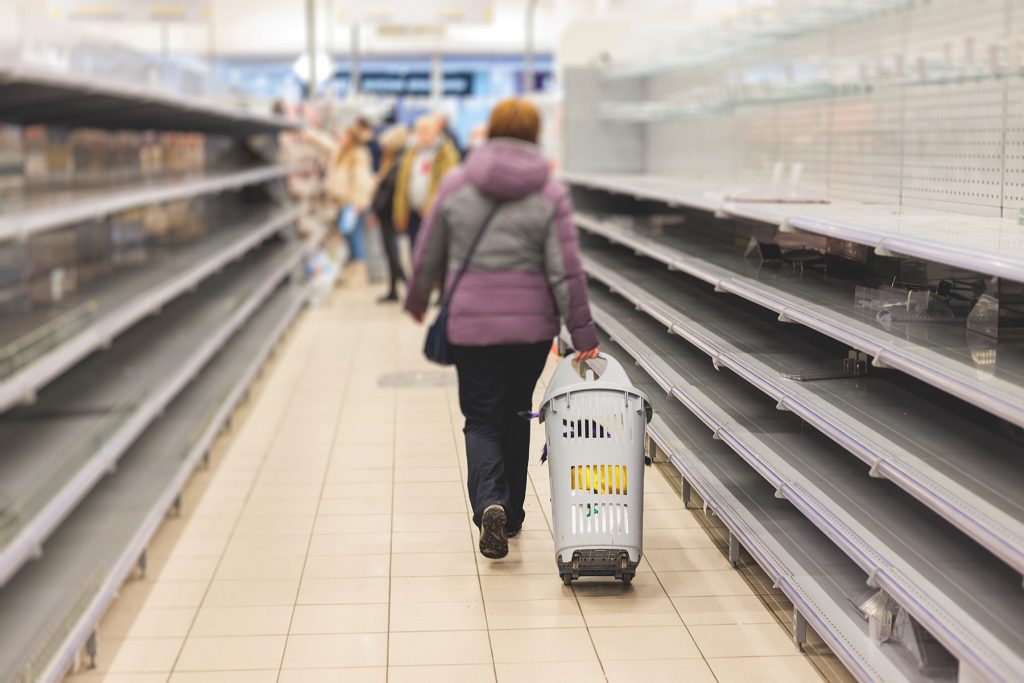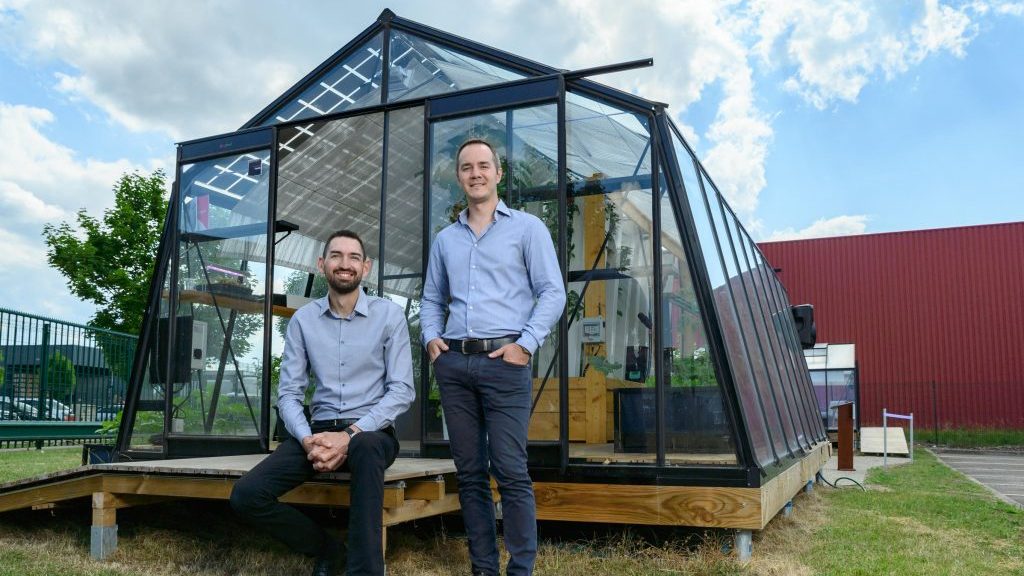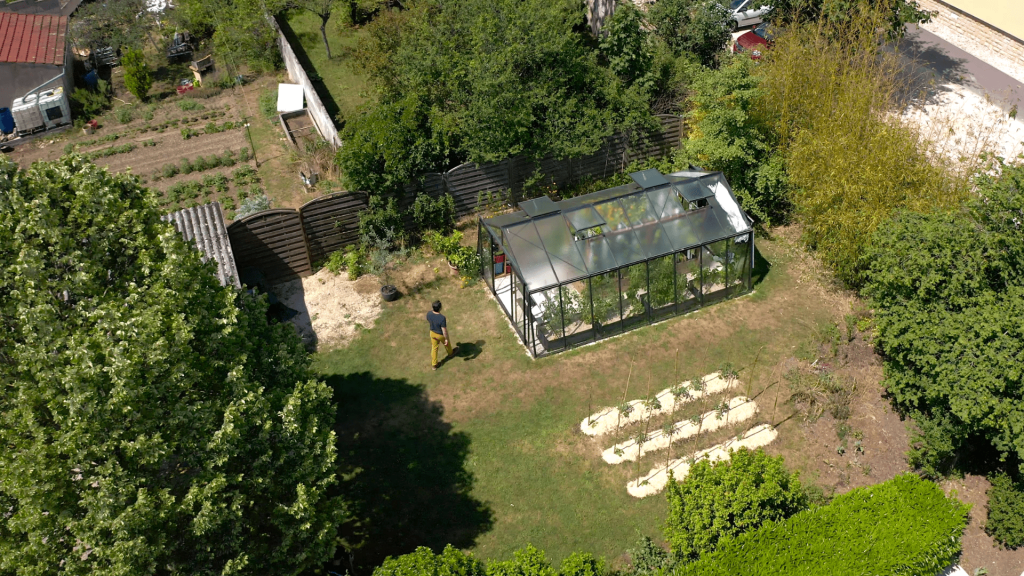We have been talking about it for months. The year 2023 is starting and all signals are red 🚨.
The famous inflation “tsunami is announced for March.
The Minister of Economy is trying to reassure, recognizes however that a price increase of 12% on average in food is expected over the next four months!
If you’re still waiting on the supermarkets for your groceries, feeding your family will soon become unaffordable. And shortages will continue to recur throughout the year.

In order to cope with the situation and the future impact of shortages, the consumer cannot pull down quality and quantity indefinitely. The system is running out of steam, and we can no longer wait to find easy alternatives.
Even if there is no fatality, there is clearly nothing to expect in terms of fundamental change in the short or medium term.
But we are fiercely optimistic, which is why we have chosen to undertake and found this community of pioneering citizens to work towards autonomy. The time has come to be realistic. The crises we envisaged a few years ago are happening before our eyes.
We must take back our autonomy, now.
More about the founders’ vision

The succession of recent crises (covid, shortages, inflation, etc.) has only confirmed our initial intuitions.
Clearly, our model of civilisation has reached an unprecedented level of fragility. It has become essential to rebuild the resilience and food autonomy of our territories.
Initially, our thinking focused on the search for a change capable of being reproduced on a large scale. In the digital age, the spread of ideas and information offers new opportunities.
By launching this open and collaborative community project for the common good, we wanted to give pioneers around the world the means to regain food autonomy. This is achieved through the democratisation of an innovative self-production tool: a turnkey greenhouse. And this tool must accompany a global approach and a set of concrete actions to be implemented on an individual scale.
We are convinced that the current model can be rebalanced and become more resilient through decentralisation. It can shorten distances and optimise available energy.
The first concrete action is awareness. If we think we can go on for a while without changing anything, we are only going backwards to make the best of it. And the day things get more restrictive, it will be more painful to make the changes that could have been made smoothly. So first of all, make a firm commitment to take action in your daily life. Don’t try to change everything at once, but rather plan and implement your changes patiently.
Here is the non-exhaustive “to-do-list” of the resilient and self-reliant family man, which you can add to as you learn:
Eat a diet that consists mainly of fresh, local and seasonal foods. Ideally, try to eat only food produced within a hundred kilometres, or even ten kilometres for the most common foods (fruit, vegetables, bread, meat, etc.)
This is a natural reflex in many countries where citizens are used to crises. The recent petrol shortages should have already alerted us to keep a well-organised rotating stock of storable foods (starchy foods, pulses, preserves, oils, vinegar, etc.). Pay close attention to expirationy dates. Watch out for moths and mice
Common sense, yes. Go back to rural or peri-urban living and provide land to develop self-production at home. Don’t live in isolation but build relationships with your neighbours to encourage mutual help and skill sharing.
The first thing to do in the autumn on a new plot of land is to plant as many fruit trees as space allows. As you can imagine, it can take a while to bear fruit, so plan ahead!
Of course, as you can imagine, you will have to install a greenhouse. The vagaries of the weather, the size of gardens, the loss of skills, etc. have all reinforced the legitimacy and usefulness of the Myfood greenhouse. This greenhouse will be your main food tool, but we still recommend that you have a growing space next to it for potatoes, squash, rhubarb, etc. You can also deploy ready-to-grow permaculture bins outdoors to optimise yield and water management.

This step isn’t very complicated in itself, it’s more a matter of getting into the right habits and knowing what to compost and what not to compost. In any case, you might as well prepare yourself properly since it will become mandatory.
Water management will become an increasingly critical issue. Installing one or more rainwater harvesting tanks is an inexpensive but highly strategic investment given current and future water stresses. You can install the collectors directly at the back of the greenhouse: link
In a process of complete autonomy, it is good to learn to know the varieties, to buy and collect seeds (while taking care of the expiration dates, because certain seeds keep shorter than others) and also to learn to recover them directly from your cultures.
The subject of preservation is very important and modern conveniences have made us forget the basics. Here are a few natural preservation methods that you should relearn and practice:
What could be better than having a box of fresh organic eggs every day for free! Note that a chicken lays an average of one egg a day and you can get them to lay in winter by feeding them bread soaked in wine. Having chickens takes very little time if you have an automated hen house (door, water). And for the brave ones in the countryside who are not vegetarians, re-learning how to make your own poultry can save you money.
Generally speaking, buying packaged water is an environmental aberration. Tap water is drinkable with a good filtration system. It is recommended to install a Berkey or Eva fountain and stock filters at home.
If you have some extra time to devote to your self-sufficiency project and also to save money, here are some other ideas: